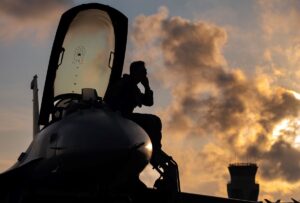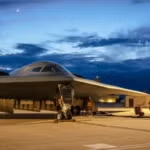
The U.S. Air Force wants to increase its experienced pilot retention through an increase in the Aviator Bonus from a maximum of $35,000 per year to $50,000 per year for 2023. Such a bonus would help narrow the more than $50,000 per year gap the federal government estimates between the annual $93,000 in Air Force pilot pay and the $145,000 annual average earned by civilian pilots. Air Force Vice Chief of Staff Gen. David Allvin told the House Armed Services…














